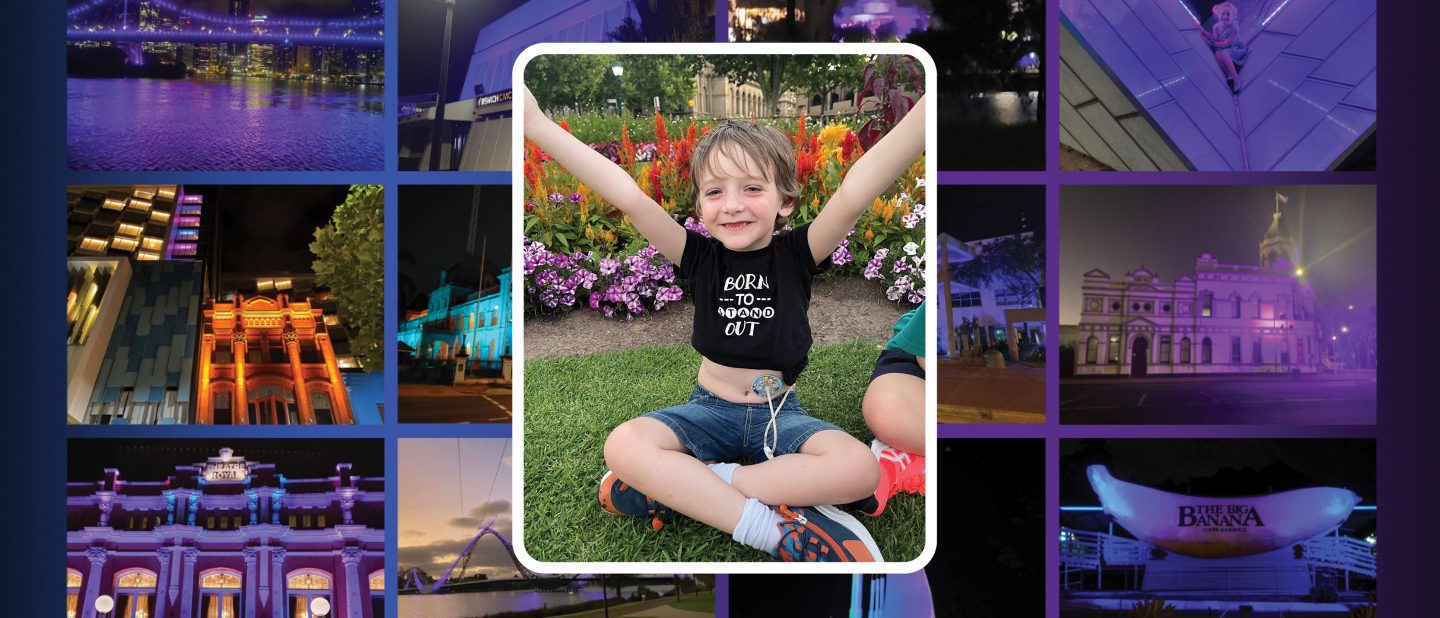
A lifeline to better health
By Sarah Gray
People can be tube fed for a variety of medical reasons, but they commonly face pain and reduced quality of life, in addition to social stigma and associated anxiety. There is much to be done to change their experience, says Sarah Gray.
Eating and drinking is a part of everyday life. It is a source of socialisation, celebration, and joy. However, for tens of thousands of Australians, eating food can be a negative experience, either because they physically cannot eat, or the food they do eat is not enough to sustain them.
One mechanism to support those affected is called tube feeding, or enteral nutrition, which can provide the essential nutrition they need if they are unable to eat or drink, or unable to eat or drink enough.
Feeding tubes can be temporary or permanent and are a way food in liquid form, formula, fluids and medicine can get into the body.
The two most common types of feeding tubes are a nasogastric tube (NG-tube), which is a tube that is inserted through the nose and runs down to the stomach, and a gastrostomy tube (G-tube) which is inserted into the stomach through a small opening made in the abdominal wall. G-tube types include a PEG (percutaneous endoscopic gastrostomy) and a low-profile device/button (balloon and non-balloon).
Other types of feeding tubes include nasojejunal tube (NJ-tube), jejunostomy tube/button ( J-tube) and gastro-jejunostomy tube/button (GJ-tube) and are named by their placement in the gastrointestinal tract.
There are many reasons why babies, children or adults may require tube feeding. This includes over 400 conditions, with some of the more common being paediatric feeding disorders, gastrointestinal diseases, eating disorders and cancer.
Those living with a feeding tube, and their carers, openly express gratitude for how it sustains life.
However, many with feeding tubes report that they often face a lack of support and reduced quality of life, experience pain, social stigma, associated anxiety, and poor understanding from healthcare professionals and the community.
Some of the issues faced include limited access to education and training on tube feeding for family members, childcare and schools, portability of feeds, access to medical services in regional and rural areas and lack of tube weaning programs. There are also inequities in financial assistance being provided for tube feeding supplies and respite for carers.
Founded in 2009, ausEE Inc. is a national health promotion charity whose mission is to improve the lives of those affected by eosinophilic diseases through providing support, evidence-based information, resources, advocacy, and campaigning to raise awareness and funds for further research in Australia. Eosinophilic gastrointestinal diseases are just one out of hundreds of conditions, that may require tube feeding to ensure nutritional needs are met.
Since 2015, ausEE Inc. has hosted Australasia’s Feeding Tube Awareness Week (FTAW) each year, to bring everyone together who has a feeding tube. Last month, over 90 landmarks around Australasia were illuminated purple and blue for the first time, to raise awareness for tube feeding. The tubie community united by sharing their lived experiences, helping to inform the wider community on the day-to-day impact of tube feeding.
Find out more about FTAW at feedingtubeaware.com.au. The platform provides links to information, helpful products, stories, virtual education videos, practical resources and support networks for Australasians living with feeding tubes and fosters partnerships for resource sharing with other disability and advocacy organisations.
Sarah Gray OAM is CEO and founder of ausEE Inc, a charity dedicated to improving lives affected by an eosinophilic disease.






